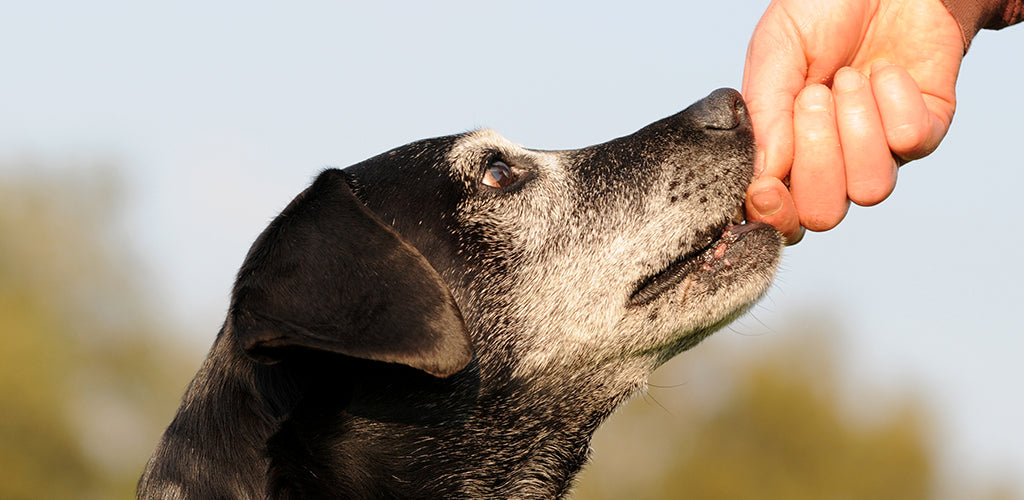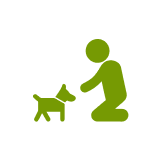In 24 cities

How to Take Care of Your 'Good Old Dog'?
|
|
Time to read 2 min
Get product availability and delivery timelines based on your location.
No saved addresses found
Add an address to see it hereAre you sure you want to delete this address?
Select Delivery Location
Search location
Confirm location
Confirm Location
Add new address
Enter complete address
100% Authentic

Easy return policy

Help us ensure a smooth delivery
Help us ensure a smooth delivery
SIZE GUIDE
Written by: Grapes Digital
|
|
Time to read 2 min
In the eyes of a dog owner, your dog will always remain a puppy even if their r muzzle is beginning to grey. In a few years, you will notice that your little pup is starting to pant a little harder after a walk or struggling to climb onto the bed. When such things happen, it is time to adjust to the lifestyle and needs of your older dog.
The seniority of any dog can depend on their breed. For instance, some of the smaller dogs (like Chihuahuas or Terriers) don’t reach their golden age until they turn 10 or 12 years old, on the other hand, a Great Dane may reach that age when they turn five or six. Beyond breed and size, some of the other things that can impact a dog’s life expectancy are genetics and diet.
Just the way lifestyle choices and the right medical advice at the right time can impact a human’s life expectancy, your dog can also live a longer and healthier life if you keep them active and feed them a nutrient-rich diet. If you have a senior dog at home, here are a few things you can do to give them a longer and healthier life:
We know that taking care of an older dog can be a lot of work, however, caring for your dog that you love so much can be deeply rewarding. Your dog has been there for you through thick and thin, it is time to return the favour!
Share this blog

In 24 cities

Happy pet parents

For every new member

Exclusive
2 item in cart
₹10,360




